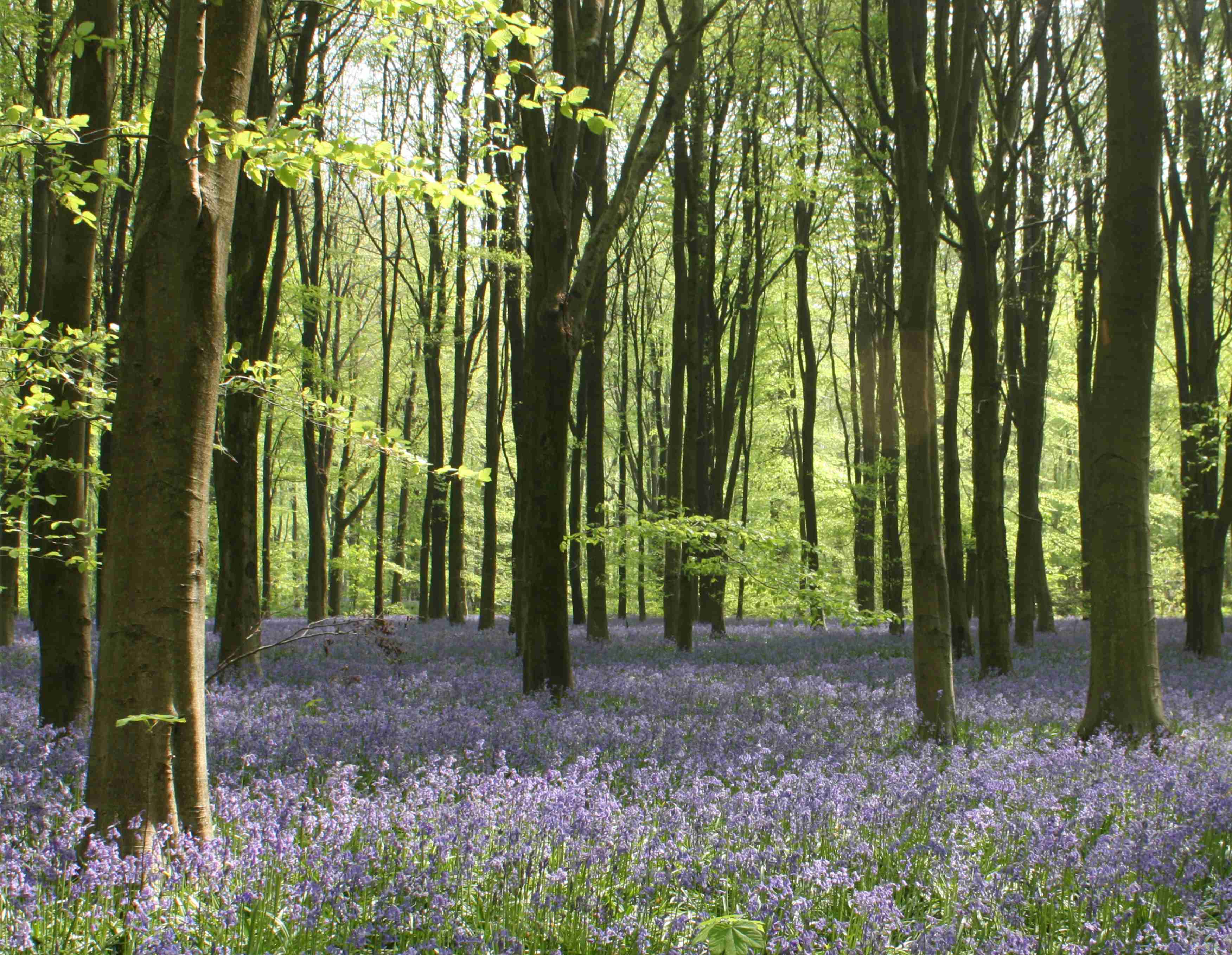Natural England has updated its standing advice on protected species and ancient woodland
Guidance on protected species and ancient woodland, which forms Natural England’s standing advice, has been updated on gov.uk and can be accessed here.
In terms of protected species, the guidance appears to have been streamlined with much of the detail of how and when to survey now removed and in its place links are provided to the relevant professional guidance documents. In this sense the 2022 updates change rather little to the essence of the standing advice on protected species.
By contrast, a significant raft of changes are introduced into the standing advice on ancient woodland and veteran trees which can be accessed here. The updates have likely arisen as a result of the recent proposed amendments to the Environment Act by the Lords being rejected by the Commons. Instead, the Commons proposed this matter would be addressed by a review of the approach taken to safeguard ancient woodland which is now captured by the updated standing advice. The consequence of the changes is to reduce the ability of schemes to mitigate their impacts on ancient woodlands, the effect of which is to make it more difficult still to deliver schemes which have any adverse effect on ancient woodland, even if these effects can be readily addressed by appropriate mitigation. None of the changes are explained or justified within the new standing advice which is all the more alarming where this involves swapping text between sections i.e. where actions were previously acknowledged as ‘mitigation’ and have now been re-categorised as ‘compensation’.
Key updates include:
- There is an increased emphasis on the mitigation hierarchy (avoid, mitigate, compensate), despite this sitting within NPPF 180a, i.e. within a different policy to that for ancient woodland (180c)
- The inclusion of ‘deterioration’ (rather than just ‘loss’ as per 2018 standing advice) in the advice that: “Where a proposal involves the loss or deterioration of ancient woodland, or ancient or veteran trees you should not take account of the existing condition of the ancient woodland or ancient or veteran tree when you assess the merits of the development proposal. Its existing condition is not a reason to give permission for development. A woodland or tree in poor condition can be improved with good management”. This is problematic because how can one assess deterioration other than against baseline condition?
- The assessment guide has removed ‘significant’ before deterioration, which in 2018 sat in box 11. ‘Significant’ is the threshold set for engagement of the mitigation hierarchy at 180a.
- The 15m buffer remains (and has not increased in size), albeit emphasis increases on the potential need for larger buffers
- ‘Improving the condition of the woodland’ has been removed as a mitigation measure. Instead, this is now reserved for compensation
- ‘Removing invasive species’ has been omitted as a mitigation measure. Instead, this is now reserved for compensation
- Within the list of ‘mitigation measures’, there is now included specific advice on the purpose of rerouting footpaths, namely ”rerouting footpaths and managing vegetation to deflect trampling pressure away from sensitive locations”
- The SA sets out that new woodland creation options now include through ‘natural regeneration’
- Where compensation includes translocating ancient woodland soils, the SA also now acknowledges the value in translocating other elements of the ancient woodland including tree hulks, coppice stools and saplings
These changes could have far reaching consequences in terms of schemes in the south of England which regularly encounter ancient woodland. However, the fact that the 2022 updates are unaccompanied by any justification for changing the advice may mean it does not stand scrutiny.
Follow Aspect Ecology on LinkedIn for all our latest news LinkedIn Page


